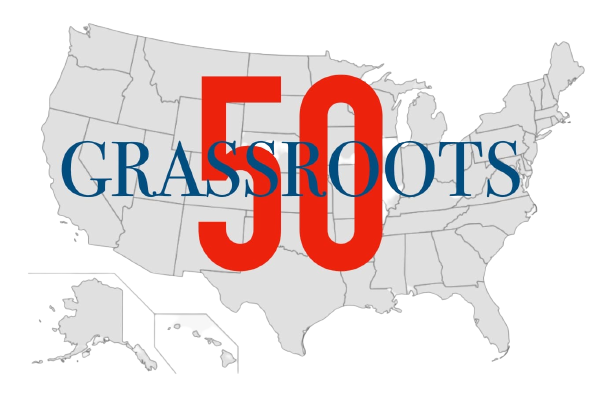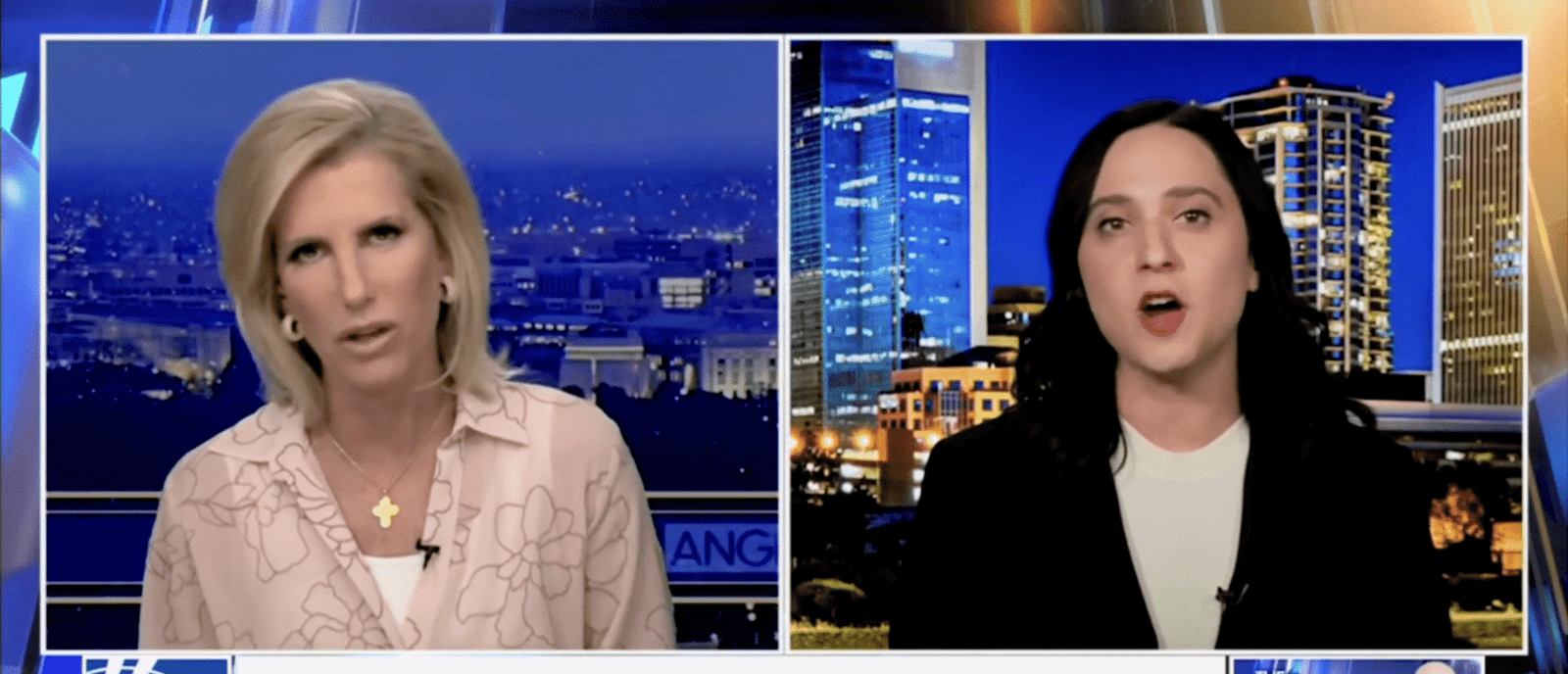Tony Tozier has had a tough few weeks.
The 63-year-old's problems began in late December with chest pains. When he finally sought treatment, hospital staff told him he was having a heart attack.
A few days later, he returned to his tent in the desert outside Goldfield Ghost Town. Goldfield Ghost Town is an 1800s-themed tourist attraction just up the road from Apache Junction in Pinal County. His cardiologist gave him four different medications and he planned to rest and recover.
He then received a paper notice. The area where he lives will soon be closed down.
The land's owner, the Bureau of Land Management, plans to turn it into a 1,100-acre recreation area. They want everyone to leave by 12:01 a.m. on February 5th.
The decision comes in the wake of long-standing local concerns about trash, illegal camping and fire hazards in the area, as well as increasing pressure on parking in the fast-growing metro Phoenix neighborhood. Ta.
The property is less than an hour from the state's dense center and offers stunning views of the Superstition Mountains. The new recreation area will include trails for hiking, mountain biking and horseback riding, BLM spokesperson Chris Wanderley said. Facilities such as equestrian staging areas, hitch posts, picnic tables, restrooms, and signage will be provided, allowing more people to use the land.
This allows you to enjoy the outdoors at nearby Tonto National Forest, Lost Dutchman State Park, and Peralta Regional Park.
But some worry that displacing people already living in the area could push them further into rural desert areas, exposing them to crime, dehydration and other dangers.
It's a dilemma similar to that occurring in urban areas, where government officials are weighing the potential for public safety and neighborhood nuisance against evicting homeless people and keeping them away from services.
Officials declined to say exactly what would happen to those who remained in the area on the day of the closure. But they argue that rangers have the authority to charge federal violations and make arrests. According to a notice posted in the Federal Register early last month, overstaying in the area could result in fines or up to a year in prison under federal law.
“Every encounter is different, and our training equips BLM law enforcement professionals with the skills and knowledge they need to act as professionally and considerately as possible, stay safe, and communicate effectively. We will provide it,” Wonderley said. “They will ensure that the closure rules are enforced.”
Now Tozier and his neighbors are considering where to go. At least a dozen people live in tents, cars and campers scattered across the area, which has long served as a landing point for people in need of a place to stay.

Most people interviewed by The Republic said they intended to leave by the deadline, even if they had a hard time packing their belongings and leaving.
Tozier wants to see his cardiologist one last time before moving. He said he “shouldn't do much” while he recovers, but that he would need to get his Dodge Caravan drivable in order to move it to another location.
He plans to head west to California, where he has family. He hopes to complete this journey safely.
“There's so much to do and so little energy to do it,” he said.

For many people, the barrier to retirement is
Rose Sherwood, 69, and Bill Shelley, 58, also have plans.
They plan to rent a trailer and clean up the piles of trash they picked up around the campground. They want to leave a place “better than when they arrived.''
You also need to get your RV up and running. They have made a list of repairs for the camper before they leave, not to mention filling the tank with gas.
That way, you'll be leaving the day before the deadline. Eventually, they hope to reach land they say they own near Kingman. It's about 400 miles away on the western side of the state.
There's just one problem. Mr Shelley said he and Mr Sherwood were “completely bankrupt”. Just filling up a gas tank can cost hundreds of dollars, not to mention the cost of renting a trailer to take the trash to the dump or getting parts for your camper.
“I think I've got a dollar in the bank,” Sherry said. “We are rich.”
They say it's going to be hard work and they won't have the gas to go far at first.
But there aren't many other options. If I can't leave on my own by February 4th, I'm worried that my RV will be towed and all my belongings taken away.
they are the lucky ones. Gina Barker, 51, is living in her car and has no idea where she will end up, she said. She hopes to find a local parking spot where she won't be kicked out.
“It's a sad situation that they're putting us in,” she said.

Encampment removal typically involves the provision of temporary housing and other support.
Last year, Phoenix city officials removed camping tents, tarps and other temporary shelters from The Zone, the city's largest homeless camp. Residents were offered shelter options ranging from hotel rooms to beds in mass shelters.
Of the 718 people provided with resources during the area cleanup, 585 were placed in shelter-in-place shelters, according to the Phoenix Homeless Task Force. As of November last year, 68% of them were still in shelters or receiving services.
During the sweep, BLM officials said they will direct people living in the area to the Genesis Project, the Apache Junction soup kitchen and the Arizona 2-1-1 social services hotline.
But they won't directly provide shelter services, and Wonderly said he doesn't know where the Genesis Project or the 2-1-1 hotline will refer people seeking help.
Republic tried to follow up on possible options by calling the 2-1-1 hotline. After a 45-minute hold, representatives declined to comment on where people in the area would be evacuated. Her website for 2-1-1 does not list any resources under “Homeless Shelters” in the directory of homeless shelters. Pinal County.
It may be because there is nothing. Heather Patel of the Pinal County Coalition to End Homelessness said the only shelters she knows of in the county are specifically designed for domestic violence victims and veterans. .
Neighboring Maricopa County has several shelter options and other resources for the homeless. Dorothy Bolen, 62, is looking for available hotel rooms across the county line in Mesa.
So far she hasn't had any luck finding it.
Even if she does, she will have to leave behind many belongings. Bolen doesn't have a car, so she can't get around on foot, and chronic pain in her hips and knees makes it difficult for her to walk. She doesn't think she can carry a lot of stuff.
“I'm about to lose everything I own,” she said. “I'm angry.”
Despite this, Bolen said he will retire by the deadline.

A situation that sheds light on rural homelessness
Unlike urban areas, the homeless population in rural America is increasing. Often less visible than in urban areas. Republic encountered more than a dozen people living in the enclosed area, including more tents, RVs and vehicles that were not visible from the road.
Local officials said it's nearly impossible to gauge the scale of homelessness in Pinal County.the Latest points in time number It shows just over 200 homeless people countywide. Experts believe this is a significant underestimate.
Homeless people in rural areas also have far fewer resources available, increasing the potential risk of moving further into the wilderness.
Most of the people the Republic has encountered in closed areas are over 50 years old, have difficulty walking to stores for supplies, and are at risk of needing further medical assistance.
Based on available data, Pinal County's total homeless population may be older than that of urban Maricopa County. Nearly 60% of Pinal County's point-in-time homeless population was over 45 years old. In Maricopa County, just under 40% of the homeless population was over the age of 45. Count as of last year That may be because some cities in the Valley are offering more services for seniors experiencing homelessness.
Joan Teral, 67, said she suffered from heat stroke multiple times last summer.
Each time, the ambulance was parked on the side of Highway 88. Paramedics walked through the desert brush to find her tent and brought her back to the road to take her to the hospital.
Tozier, the man who suffered a heart attack, said he decided to ask a friend to take him to the hospital because his chest became “harder” and “tighter” by the minute.
Sherry has chronic obstructive pulmonary disease, an illness that makes it difficult for her to breathe. He says even the ambulance can't get him back to the campsite.
And many residents, including Teral and Bolen, have to hitchhike to get food and water. The nearest grocery store is a few miles away in Apache Junction.
“That's difficult,” Bolen said.
At least 19 homeless people died in Pinal County last year, according to data from the county coroner's office. At least seven of these deaths were related to chronic conditions, some exacerbated by heat or drugs.
At least two other deaths were directly caused by heat exposure, and about seven others were primarily caused by drug use, according to the data.
Sasha Hapka covers county government and local issues for The Arizona Republic. Any tips? Please contact sasha.hupka@arizonarepublic.com. Follow her on X (formerly Twitter: @SashaHupka). Follow her on Instagram or Thread: @sashahupkasnaps.
Helen Rumel covers higher education for The Arizona Republic. Please contact hrummel@azcentral.com. Follow her on X (formerly Twitter: @helenrummel).
















